As a subgenre of true crime, historical true crime is gaining popularity. Last week we looked at some of the reasons why. This week we’ll look at some of my favorite historical true crime books, sorted by time period. Some of them are the vanguards...
True crime has been a vibrant American genre for decades, and within the past few years, it has given birth to a subgenre. Historical true crime books are up and coming. Historical True Crime in the Publishing Industry How do you measure the pulse...
Who knew? Abraham Lincoln picked up his pen not only to scratch out the Gettysburg Address and Second Inaugural Address. He also wrote poetry and true crime. His one true crime short story, published in the Quincy Whig in April 1846, is based on a...
Where can you find the greatest number of true crime titles under one roof? Laura James, attorney and true crime author, recently posted a blog about the Borowitz collection at Kent State University. Albert Borowitz himself published about...
Why is Friedrich Schiller called the father of the modern true crime story in Germany? It’s because his debut crime story changed the genre. Schiller shifted the focus from sensationalism to motive. Here’s the tale in a nutshell. Christian Wolf,*...
Murder mystery authors harbor a secret they don’t want you to know. I won’t exactly tell you the secret (it would spoil mystery books for you forever after), but I can tell you a bit about the theory behind it. At a writers’ conference for murder...
What distinguishes true crime from other non-fiction? If you were to measure its pulse, where in the story should you place your two fingers? The German poet Friedrich Schiller (1759-1805) would say motive. He should know. He revolutionized the true...
Who is the most famous true crime author in the world? Truman Capote, perhaps? Or Ann Rule? Think again. If you travel back to the French and German origins of the true crime genre, you’ll find Germany’s greatest poet. He not only wrote...


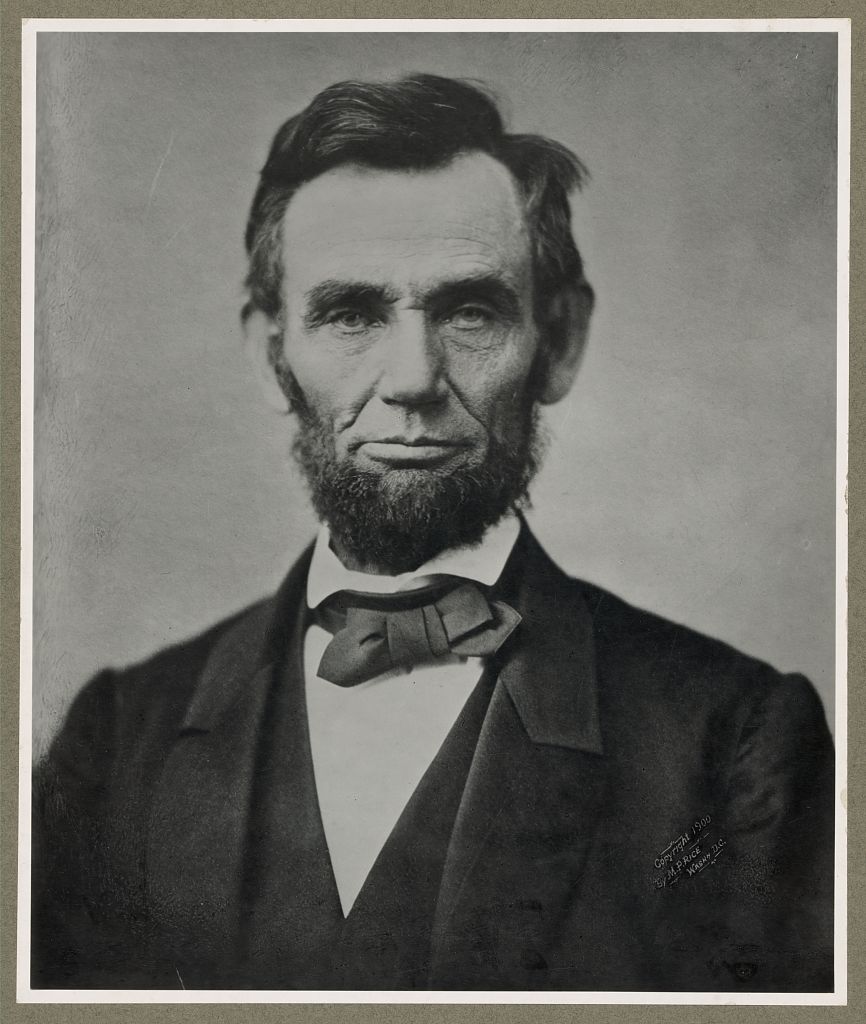
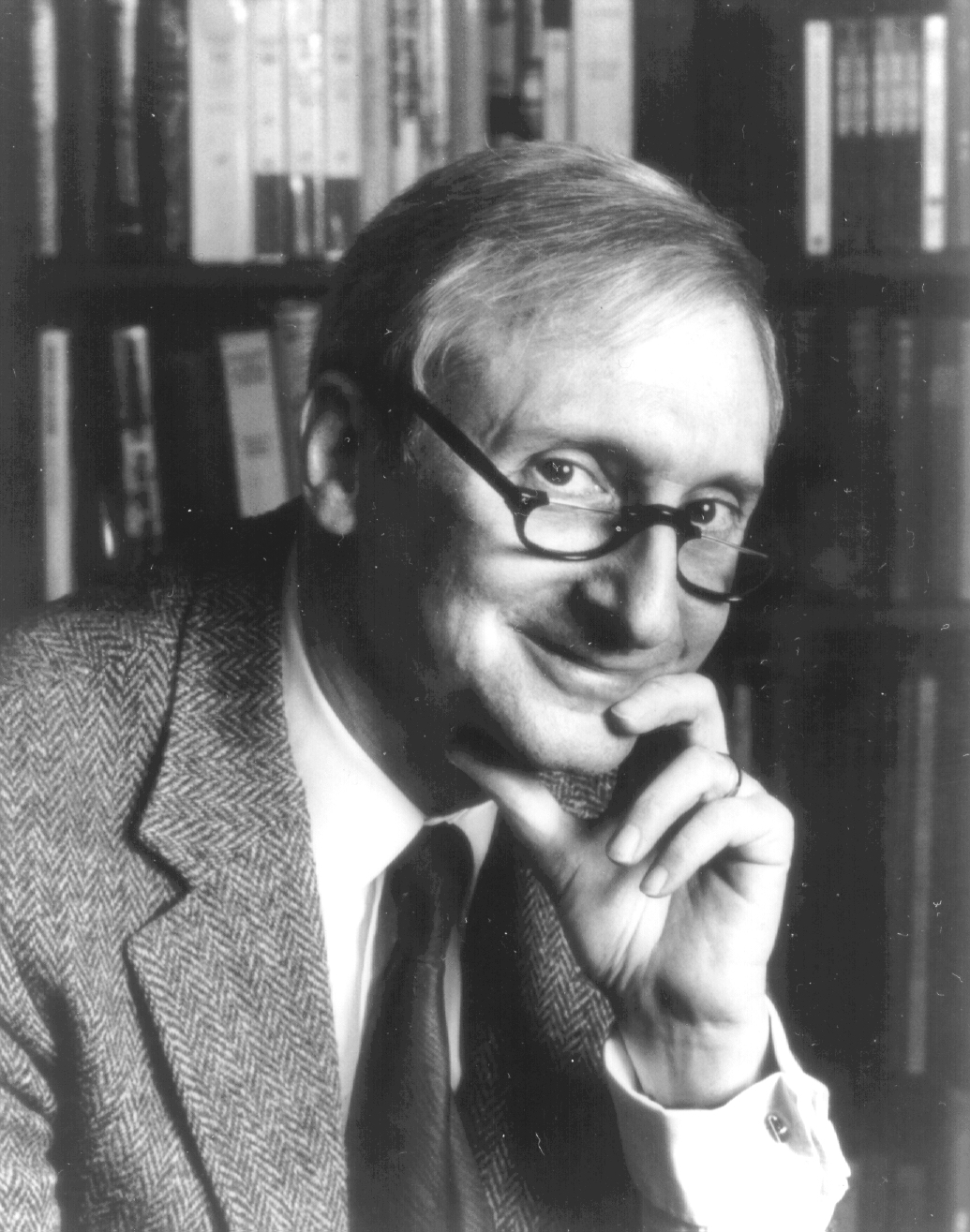
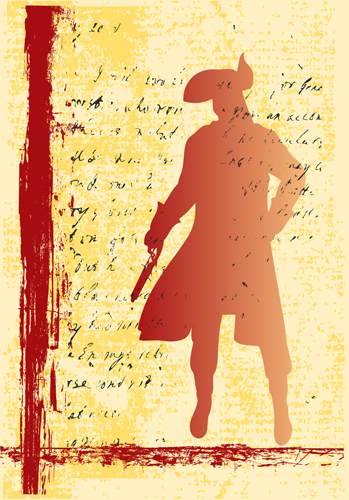

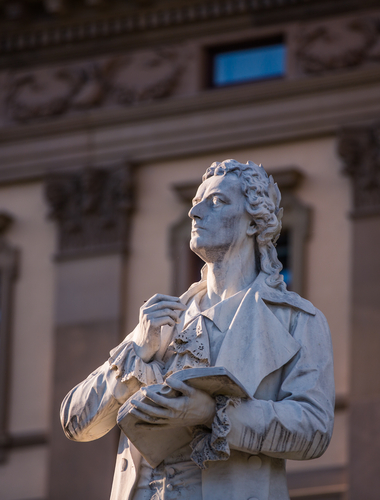
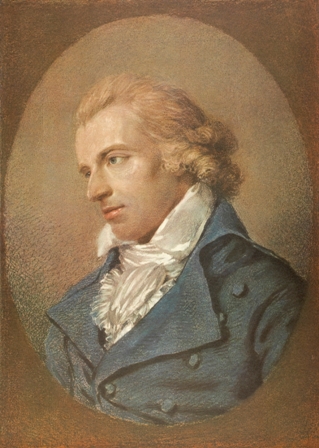

Recent Comments